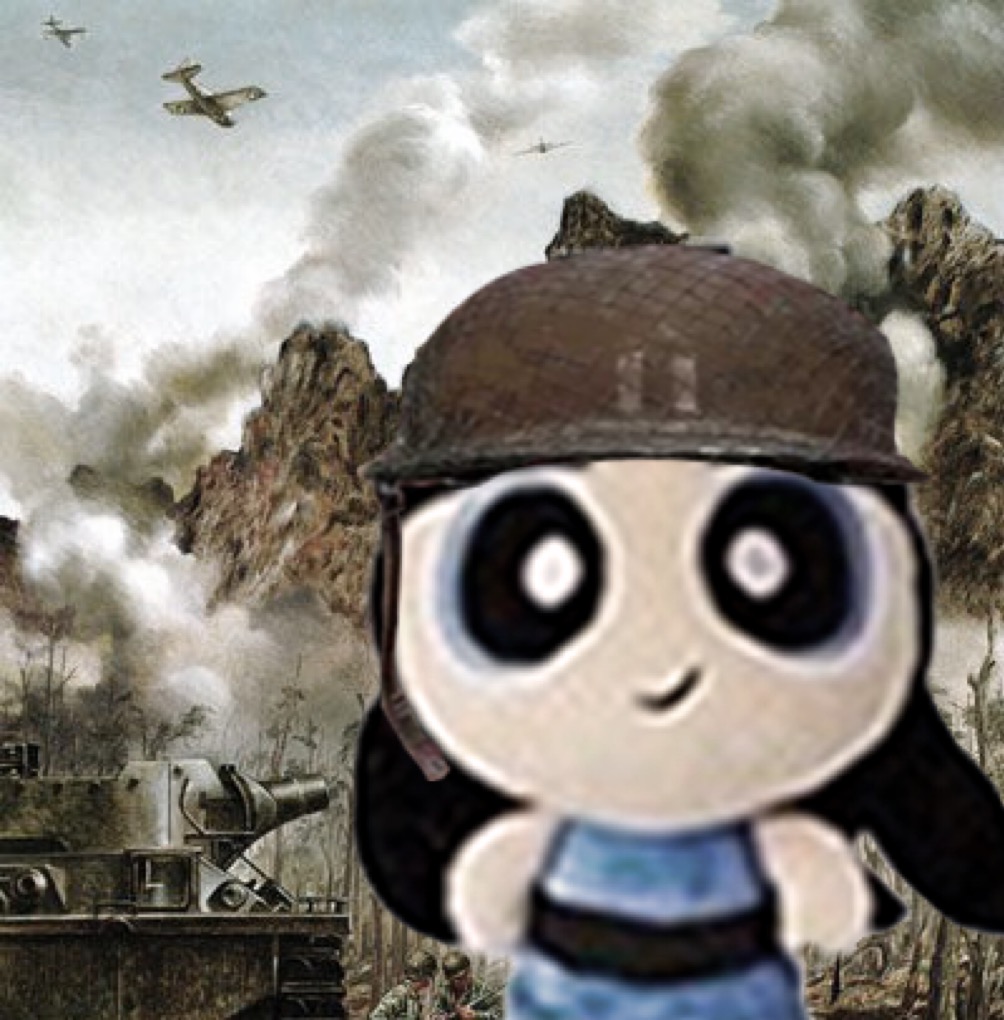Reading and Writing, Discourse
Cards (19)
- ReadingThe foundation of writing, understanding, is needed to construct meaning
- Reading as defined by Loop and Flood
- A decoding process (breaking down of written codes)
- A comprehensive process (can construct meaning)
- Process of Reading
- Word recognition
- Comprehension
- Fluency
- Why read?to develop a broad background, to anticipate and predict, to create motivation and interest, to build a good vocabulary, for pleasure and enjoyment
- Benefits of readingaccurate spelling, correct writing form, write complex sentences, be more experimental, hear thought of others
- WritingA method of representing language in a visual/tactile form. A system of graphic symbols that can be used to convey meaning.
- Why write?to explore and learn, for problem solving, to express, to inform, to entertain, to describe, to persuade
- Benefits of writingto voice their thoughts, and provides writers with a vehicle to use their imaginations, gives writers a chance to engage in conversation with other writers, aids writers in reading critically of other words, motivates writers to engage with text that they're reading
- Discourse came from the word "discursus" which in Latin means conversation or speech
- Discourse is used in LINGUISTICS to refer continuous stretch of language larger than sentence.
- DiscourseA concept used to analyze language & communication as social phenomena.In writing, a discourse is a FORMAL and LENGTHY discussion of a topic, where concepts & insights are arranged in an organized & logical manner.Used to describe various forms of communication, such as written, verbal, and visual.
- TEXTa large unit of written languagea group of ideas put together to make a point/central ideahas a structure which requires ideas in discourse to be relevant to one another
- DISCOURSEanalysis of language based on contextshapes text's meaninggive specific meaning/context and messagereason
- OrganizationRefers to ARRANGEMENT OF IDEAS in a text Making an OUTLINE of ideas helps in organization to distinguish general & specific ideasSKELETON of text
- CoherenceIt is the logical and orderly organization and connection of all parts that they unite in whole.
- CohesionThe micro level of the text, the words and sentences and how they join together
- Coherence and CohesionConnection of ideas & between sentences & paragraphs.Usage of transitional words & cohesive devices
- Appropriate languageAcceptable style of language for form of text
- Proper Mechanics
- Conventions of writing (Capitalization, Punctuation, Spelling, Numerals, Abbreviations, Acronym, Contractions, Syntactically anomalous sentences)
